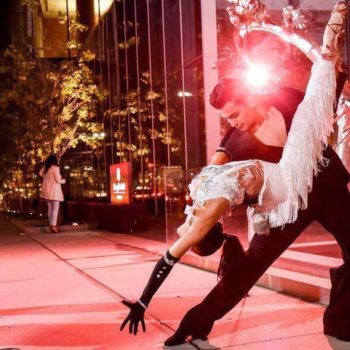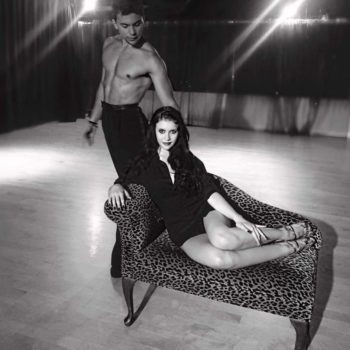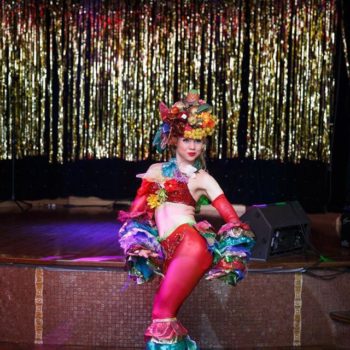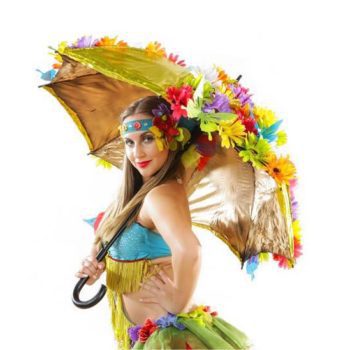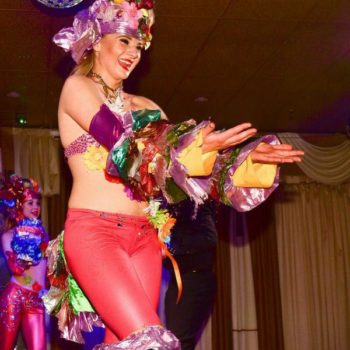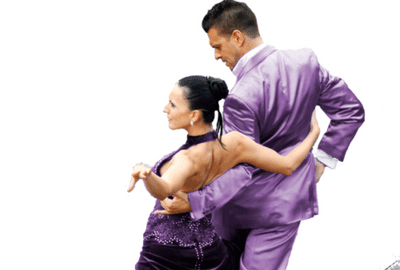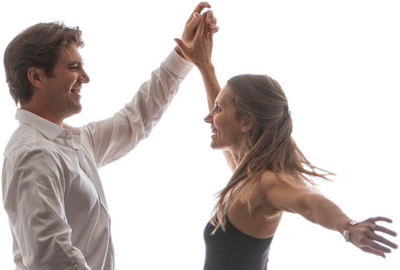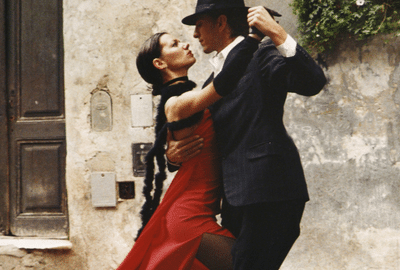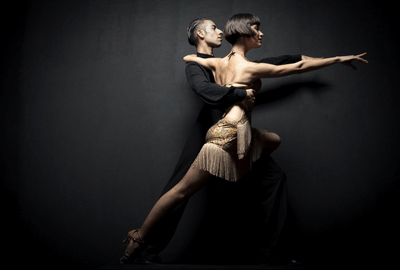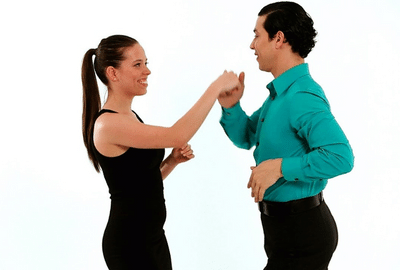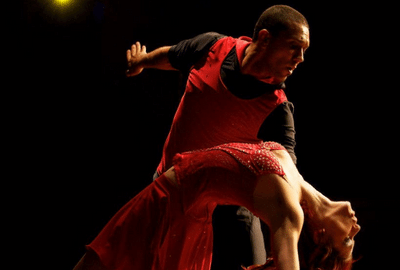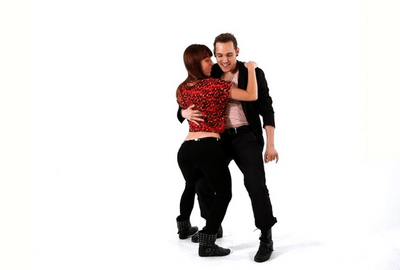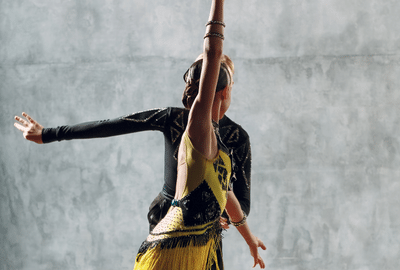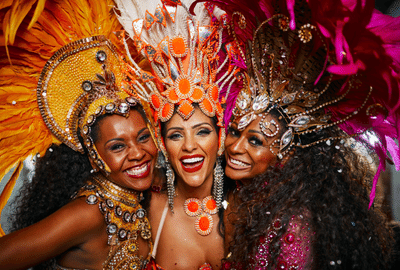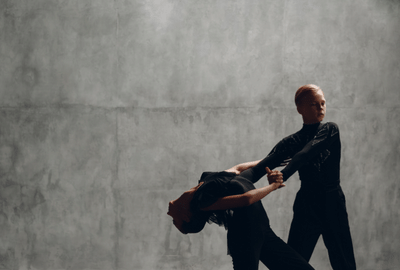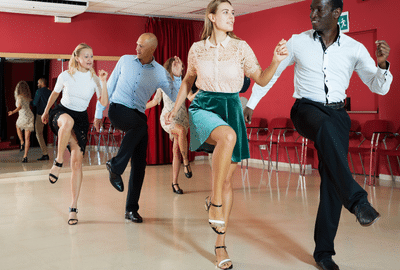DANCE WITH US ANYTIME, ANYWHERE!
Hire Dancers
Looking for dancers for your wedding, special event, music video or more? Hire a Performer. We have what it takes.
Find Local Dancers for Hire
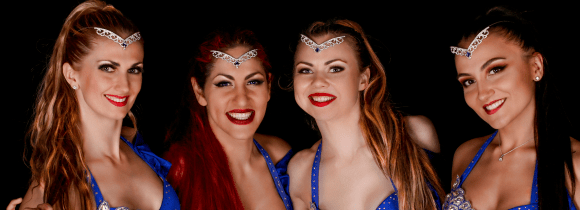
Dancers For Events
If your looking to book dance entertainment at your corporate event, branding launch, wedding or more contact us.
Get Dancers For Your Event
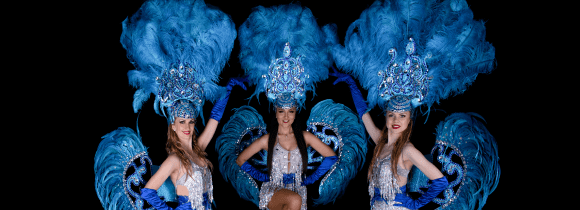
Order a call back
BOOK DANCE ENTERTAINMENT
We offer the best Dancers for Hire! If your looking to book dance entertainment at your corporate event, branding launch, wedding or more contact us.
Latin Dancers
At Hips Don’t Lie Dance Co. we offer a wide range of Latin dancing shows that can fit different types of events.
Latin dancers for hire
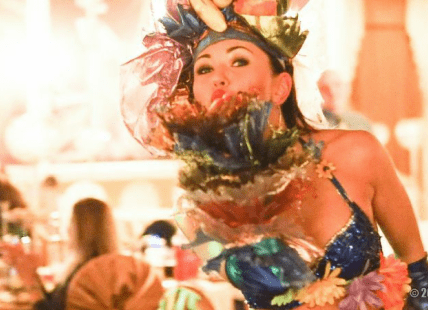
Ballroom Dancers
If you are fond of ballroom dancing, you have all the possible opportunities to benefit from it right at hand.
Ballroom dancers for hire

Jazz Dancers
Jazz is both drive and style, and that’s exactly what you get when you hire jazz dancers for a party in Toronto.
Lazz dancers for hire



